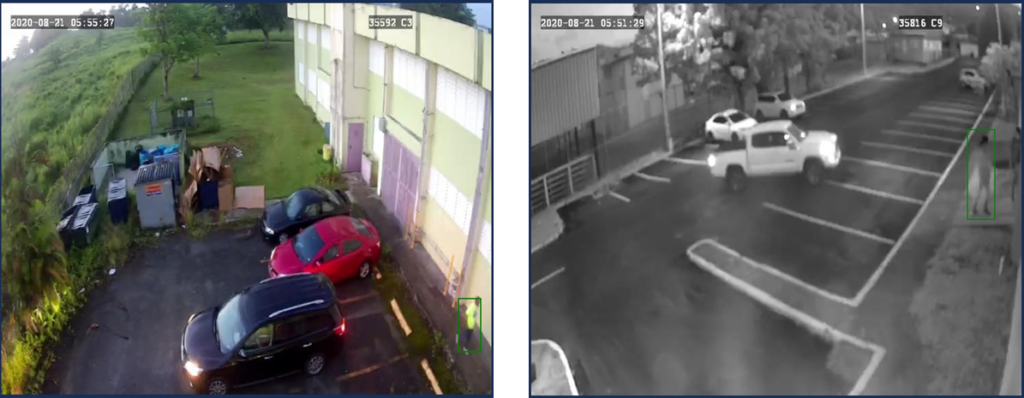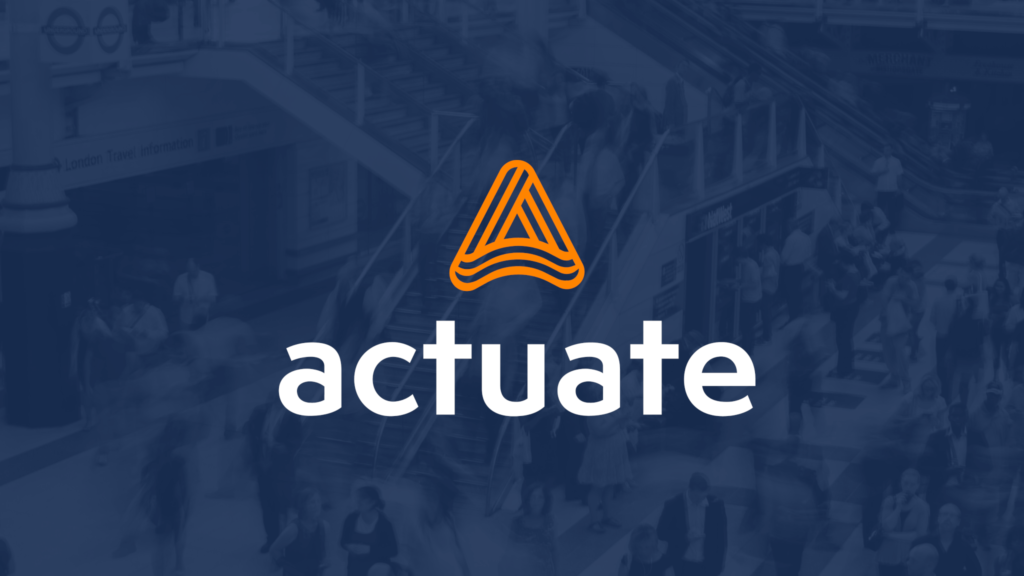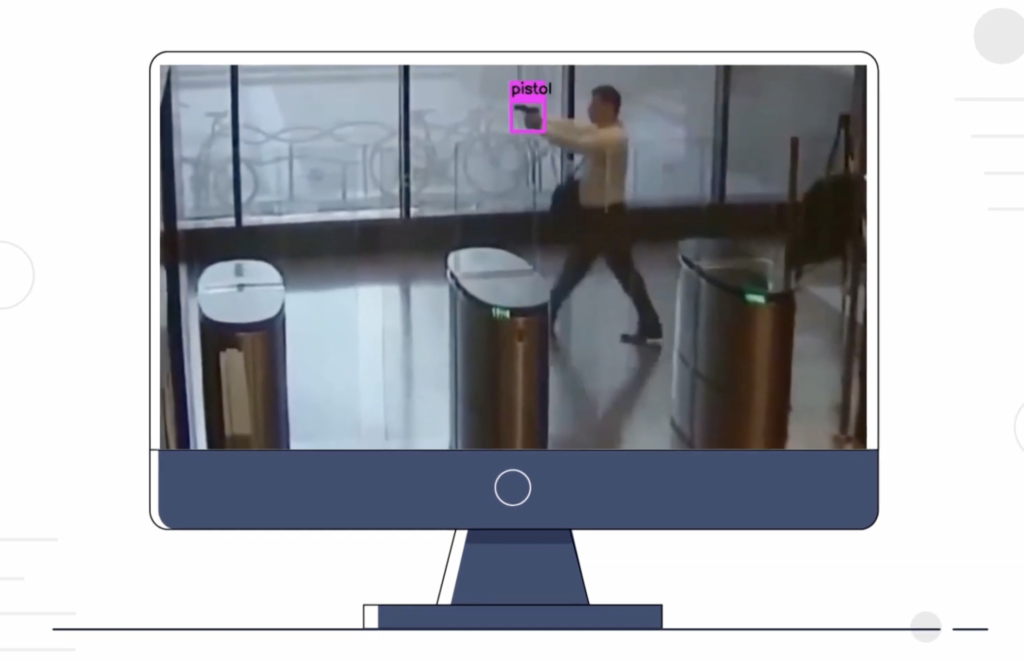Physical security is undergoing a complete digital transformation.
According to a recent report released by the Security Industry Association (SIA), artificial intelligence is #1 on the list of trends expected to define physical security in 2021.
From automation to video analytics, the opportunities to integrate advanced technologies such as artificial intelligence (AI) into a broader security plan are numerous.
While change is inevitable, physical security remains dominated by labor-intensive processes such as human video surveillance and manned guarding.
How can technology like AI serve to improve physical security? Let’s explore the benefits below.
AI Meets Physical Security
AI Meets Physical Security

As AI technology rapidly advances, so does its potential for use in physical security applications.
In the past, security professionals had to rely solely on human-based monitoring for detecting threats. As a result, security incidents could only be reviewed retroactively for forensic purposes.
Now, AI video analytics driven by deep learning algorithms can quickly analyze footage to accurately flag anomalies, enabling organizations to effectively monitor a larger number of cameras with a comparatively smaller-sized staff.
Common Physical Security Challenges
Common Physical Security Challenges
When determining how to utilize artificial intelligence to optimize an organization’s physical security, it’s important to understand the most common types of challenges that AI can address. Simply put, without AI, even the most advanced security systems can suffer from the following:

Missed Detections
With traditional surveillance monitoring, CCTV and central station operators must have high concentration levels while viewing multiple video screens.
Unfortunately, research supports that the likelihood of human error directly correlates with the number of screens monitored.
A study by the University of South Florida found that observers missed three times as many targets when required to monitor nine display monitors instead of four.
False Positives
In addition to missed detections, false positives are a costly (and rampant) physical security problem.
These false positives can result from human error, faulty motion detection, and other vulnerabilities in existing systems.
A staggering 94 to 99 percent of police responses to alarms are false positives, which has cost the U.S. $1.8 billion in just one year.

The Three Security Levels
The Three Levels of Physical Security
(& How AI Can Help)
In the coming years, the integration of artificial intelligence will play a key role in minimizing these security challenges. One reason for this projected expansion of AI lies in its ability to work seamlessly within the core levels of traditional physical security: detection, delay, and response. Let’s explore each of these levels and how AI can lead to improved physical security efficiencies.
- Detection
- Delay
- Response
Detection consists of locating and identifying a suspected threat. Traditional detection methods often suffer from rampant false positives and high costs.
AI’s Role in Detection: Today’s advanced AI uses deep learning technology to replicate how a human brain processes information. AI can closely monitor spaces for threatening behavior and alert security staff in real-time. As a result, AI software can reduce false positives by 95+%.
When delaying an incident, the goal is to impede, isolate, and prevent an unwanted party’s movement within a building.
AI’s Role in Delay: With AI, organizations can effectively monitor spaces for suspicious activity, identifying threats much earlier than traditional methods. This early detection can provide a greater timeframe for delaying an incident once a threat is identified.
The final level (and one of the most critical) is a response from law enforcement in the event of a crime. Timely and reliable communication must occur to ensure an immediate response.
According to the Department of Homeland Security, the average law enforcement response time for an active shooter event is 18 minutes.
AI’s Role in Response: An AI-integrated strategy can decrease response times by providing real-time intelligence about the security threat’s location, identity, and armament. This critical view of real-time data provides security teams and law enforcement the tools they need to reduce response times dramatically.
AI Integration
Consider AI Integration with Actuate
If you’re looking to minimize costly missed detections and false positives, consider integrating Actuate into your operations.
Actuate’s advanced AI video analytics enables existing security cameras to identify safety and security threats such as unauthorized personnel.
Operators can rapidly search for and pull up frames of detected incidents using advanced artificial intelligence and analytics, saving dozens of hours wasted on forensic review.
The best part? No hardware installation is needed as Actuate can work directly with your current video security system.

Interested in a Physical Security Upgrade?




